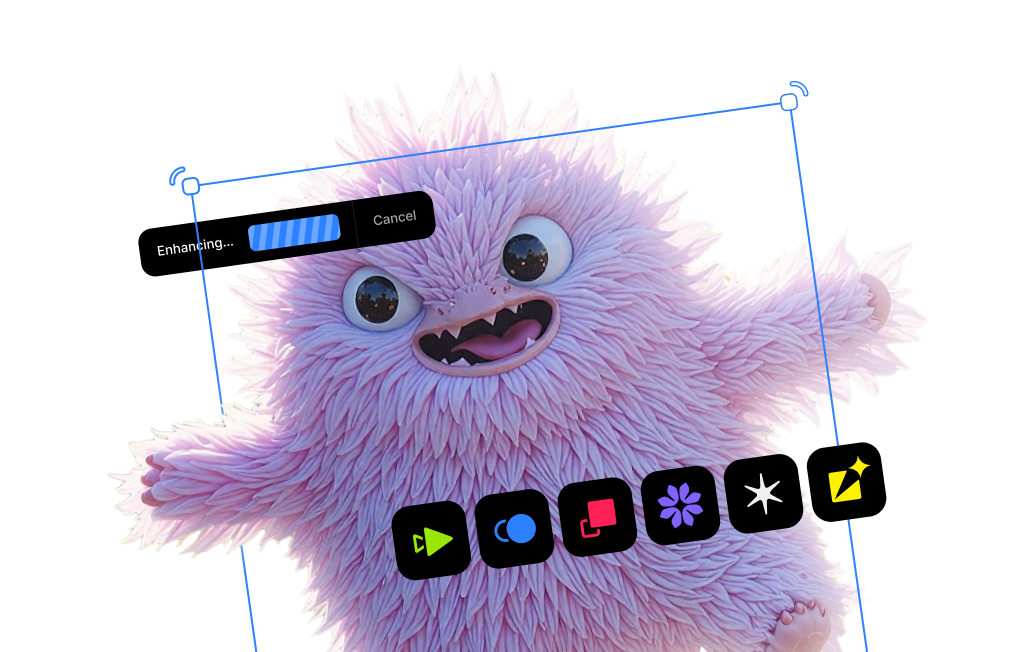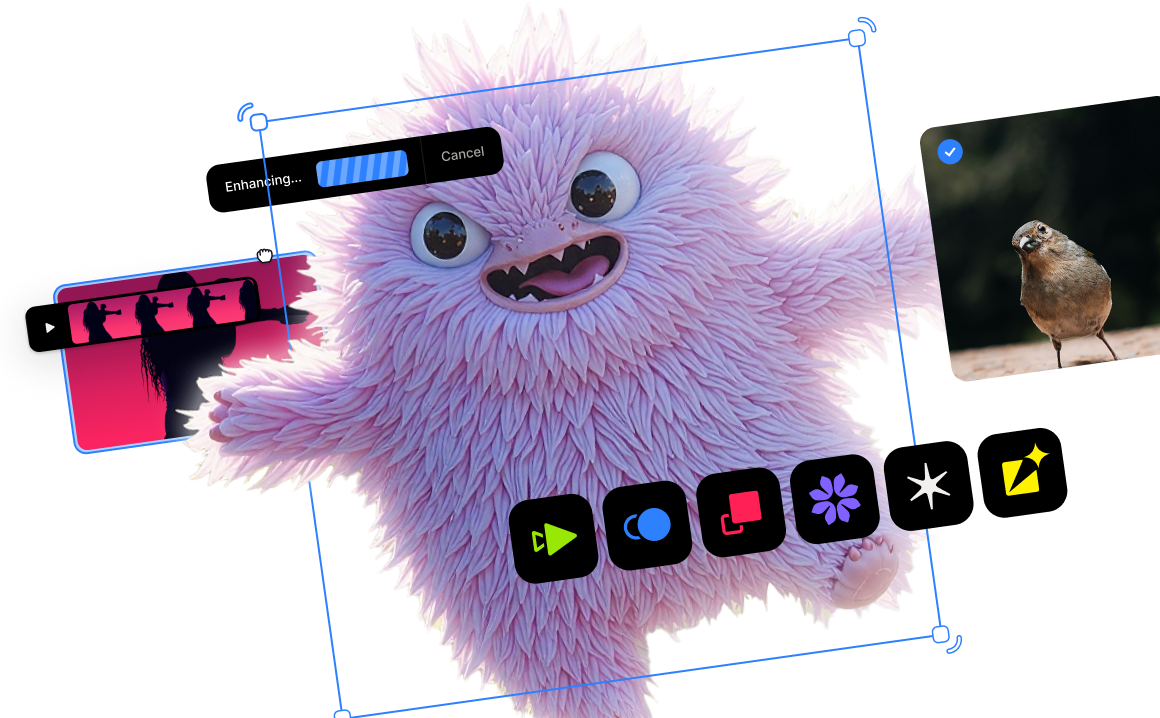The difference between JPEG artifacts and image noise

What are JPEG artifacts?
Understanding the cause and effects of JPEG Artifacts (as well as being able to recognize them) is very important to the quality of your images. The jpg format is a very popular and widely used format. It’s great for small files used on websites and for emailing because it can load and send faster. However, despite the usefulness it can have, saving an image in the jpeg format also comes with some not-so-great side effects.
The JPEG format uses a lossy compression method during saving. This means that when you save your image as a .jpg some of the [unnecessary] data from the original image file is discarded and your image is saved with a reduced file size. The quality that is lost (discarded) from your image can not be recovered. In addition, each time you save your image more data is lost and image quality reduced. This is also very common with images taken on mobile devices such as camera phones and for many point-and-shoot cameras.
The degradation of image detail can appear as:
1. Blockiness or checkerboarding
2. Mosquito noise
3. Color degradation – false color or color changes
4. Dark color degradation around sharp edges

Every single JPEG image exhibits these characteristics to some degree, and the more compressed your image is the worse it will be.
Besides lowering image quality, the presence of jpeg compression artifacts can have negative effects on your post processing. Applying creative and corrective enhancements to an image plagued with compression artifacts will cause your adjustments to not be as clean and crisp as they should be. So, it is always best to start with a clean image before making any creative or corrective enhancements – this will ensure optimal quality of your final image.
JPEG Artifacts and digital noise are both side effects of digital photography that can have negative affects on your photos such as:
- reducing image quality
- diminishing image detail and sharpness
- color cast
- color degradation
Compression artifacts are different than digital noise and are caused by different processes involved with the capturing and saving of an image. So, each will exhibit different characteristics in your images.
JPEG artifacts

JPEG artifacts are caused by compression when an image is saved in the .jpg format. Each time an image is saved in this format it is compressed and “non-essential” data is discarded. The result of compression is that an image can suffer from blockiness, mosquito noise (around edges) and color degradation.
Image noise

Digital noise (similar to grain) is side effect of shooting – caused by digital cameras. The presence and amount of noise can increase depending on your shooting conditions: lighting, shutter speed and ISO. Noise appears as unwanted dots, lines and smudges of color within your image. Noise the detail and sharpness of an image – it can even affect image color.
Regular noise reduction software doesn’t work well for tackling JPEG compression problems and vice versa. The technology in Topaz DeJPEG, on the other hand, was specifically built with JPEG compression in mind, and is the theoretically optimal way to fix JPEG photos – the same is true for removing digital noise with DeNoise.
Remove image noise and artifacts with DeNoise AI
Topaz DeNoise AI provides unparalleled JPEG (and RAW) image noise reduction features and combines them with powerful AI models, giving you ultimate control over the quality of your JPEG image.
Download a free trial of DeNoise AI and see for yourself today!




.png)
.png)
.png)




